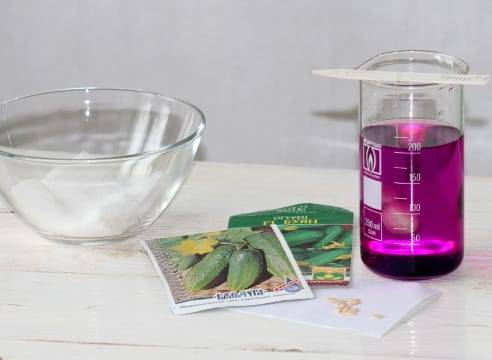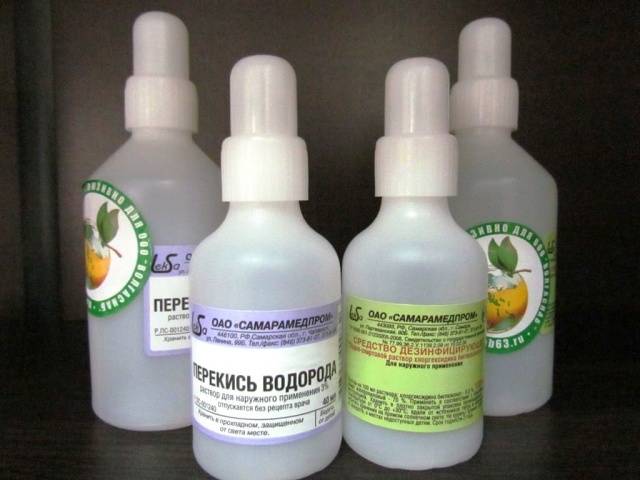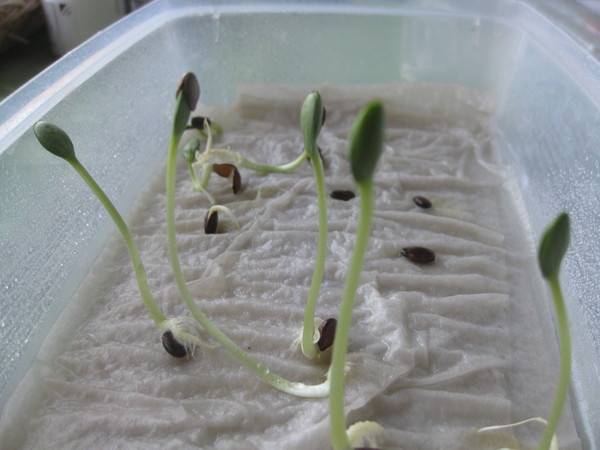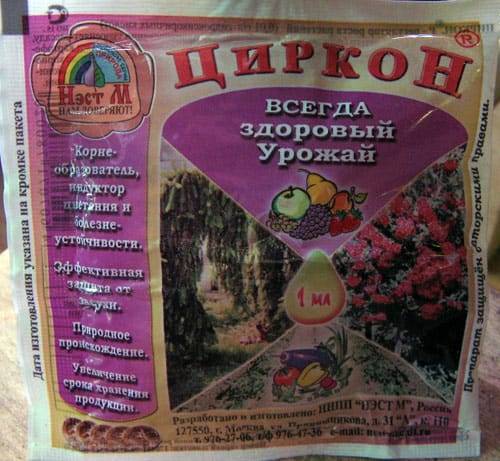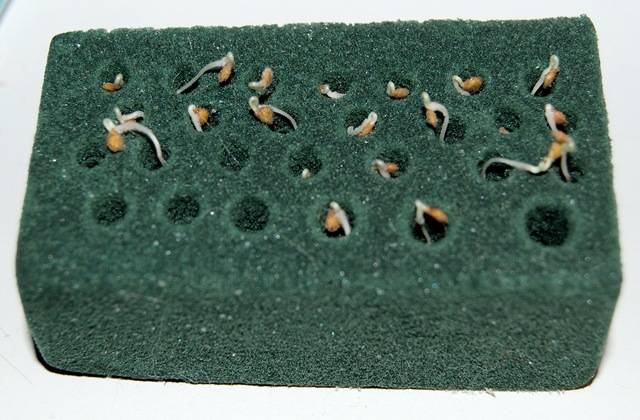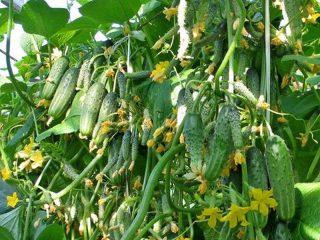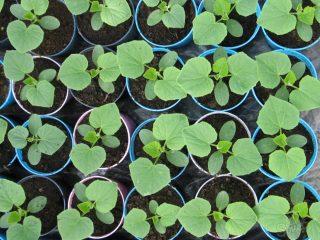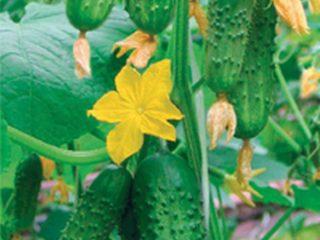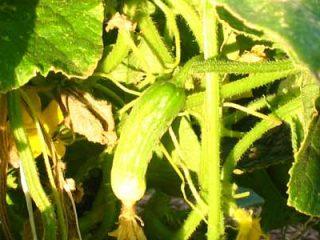Content
It is customary to soak cucumber seeds before planting. This procedure helps the crop germinate faster and identify unusable grains at the initial stage. If high-quality seeds at air temperatures from +24 to + 27OWhile they can still produce guaranteed good seedlings without soaking, material stored in improper conditions cannot be sown without such preparation. These seeds may have been frequently exposed to high temperatures, causing them to become dehydrated.
We begin the work by sorting the seeds
High-quality cucumber grains should be dense and large. This will help grow strong seedlings. Pacifiers, in general, will not produce any shoots. Calibration will help identify unsuitable grains.
There is nothing complicated here, you just need to pour water into any container and throw the seeds into it. After a couple of minutes, the pacifiers will float to the surface.
They are drained along with the water, and the good grains lying at the bottom of the container are prepared for drying.
Before sowing, if the grains are fresh, they must be warmed up. And according to the rules, it is better to do this procedure in advance.Warming up of seeds is carried out on a tray or in cloth bags at a temperature of +40OC within 7 days. At a lower temperature of about + 25OWarm-up time increases to a month. It is optimal to perform this procedure on a home heating radiator.
Seed disinfection methods
Before soaking the seeds begins, the cucumber grains must be disinfected. Dry disinfection involves the use of special powders, for example, NIUIF-2 or Granozan. Cucumber seeds are placed inside a glass jar with the preparation, and disinfection is carried out using a five-minute shaking method.
It is best to use a wet disinfection method before sowing seeds for seedlings. It is more popular among gardeners and involves soaking cucumber grains in a 1% manganese solution.
Soaking seeds for disinfection with potassium permanganate before planting in the ground occurs as follows:
- Several manganese crystals are gradually added to boiled warm water until a bright pink liquid is obtained. You can't overdo it. A dark solution is harmful to seeds.
- Small bags are made from a piece of gauze or thin cotton fabric, into which cucumber seeds are poured. Now all that remains is to tie each bag and lower it inside the solution for 15 minutes.
After time, the cucumber seeds removed from the bags are washed with clean boiled water.
Instead of potassium permanganate, cucumber seeds can be disinfected with hydrogen peroxide.
The whole process is similar, only a 10% solution of hydrogen peroxide is used as a disinfecting liquid. The grains are dipped for 20 minutes, and then, after washing with clean water, they are laid out to dry.
Soaking the seeds
Soak the seeds before planting as follows:
- Grains placed under gauze or thin cloth are laid out on the surface of the plate. All this is moistened with warm water.Important! The fabric should be half-moistened, otherwise the excess water will stop the access of oxygen to the sprouts, which will cause their death. However, the water must not be allowed to completely evaporate. The result from drought will be similar.
- A plate with grains is placed near a heat source where they will germinate. This usually lasts about three days.
- As soon as the first roots hatch, the plate is immediately placed in the refrigerator for 12 hours to harden.
During this time, while the grains adapt to the cold, containers with soil are prepared where seedlings will be directly sown.
The video shows soaking the seeds:
Biologically active preparations for soaking
To help the gardener, stores offer various preparations for soaking grains before planting seedlings. Let's take a look at some of them:
- The drug "Epin" is developed on the basis of plant components.The grains treated with it in the embryos accumulate protection for the future plant from natural negative phenomena, for example, frosts or cold, non-sunny weather.
- The drug “Zircon”, which has long gained popularity, is produced on the basis of the acid-containing juice of the echinacea plant. The drug accelerates the growth of seedlings, which is important before early planting, and also helps the development of the root system.
- The drug "Gumate" contains a nutrient based on potassium or sodium salt. Seeds treated with the solution germinate faster.
Those who are not used to using store-bought preparations use folk recipes to soak cucumber grains.
Several folk recipes for soaking cucumber grains
Folk recipes are passed down from generation to generation and still remain relevant in many villages. Let's look at some of them, the most effective, according to gardeners:
- Homemade aloe flower juice Most often used for soaking cucumber grains. This is due to the property of the juice to endow the embryos with immunity to various diseases, which makes the seedlings strong. In addition, the growth of the cucumber itself improves. To get juice from a flower, cut off the lower old leaves, wrap them in paper and take them out into the cold. Alternatively, you can put it in the refrigerator. After 14 days, the juice from the leaves can be easily squeezed out by hand. It is diluted in half with water, where cucumber grains are immersed in gauze bags for a day.
- Water with wood ash saturates grains with minerals. You can, of course, use ash from straw. Any of them in the amount of 2 tbsp. l. pour 1 liter of boiled water. After the solution has stood for two days, cucumber grains are immersed there for 6 hours.
- To feed seed material with microelements, use decoction of edible mushrooms. Dried mushrooms in any quantity are poured with boiling water, covered tightly with a lid and left to steep until completely cooled. Soak cucumber grains in the warm, strained solution for 6 hours.
- Water with honey serve as a growth stimulator for seedlings. The solution is prepared from 250 ml of warm boiled water with the addition of 1 tsp. honey The liquid is poured into a saucer, where the seeds are soaked for 6 hours.
- Pure potato juice also good for soaking. To obtain it, raw potatoes are frozen in the freezer, and then placed in a warm place until completely thawed. The juice can be easily squeezed out by hand. Cucumber seeds are soaked in it for 8 hours.
- For a more complex solution you will need to take 1 g manganese, 5 g soda and 0.2 g boric acid. But first you need to brew two handfuls of onion peels in 1 liter of boiling water. After cooling, the same amount of ash solution is added to the resulting liquid. The method of its preparation was discussed above. Now all you have to do is add the rest of the ingredients and you can soak the grains for 6 hours.
Before using any of the folk remedies, it is better to immerse cucumber seeds in clean water for 2 hours, and after processing, they must be washed again. The finished grains are laid out on a plate. After acquiring flowability, the seeds are considered ready for planting.

